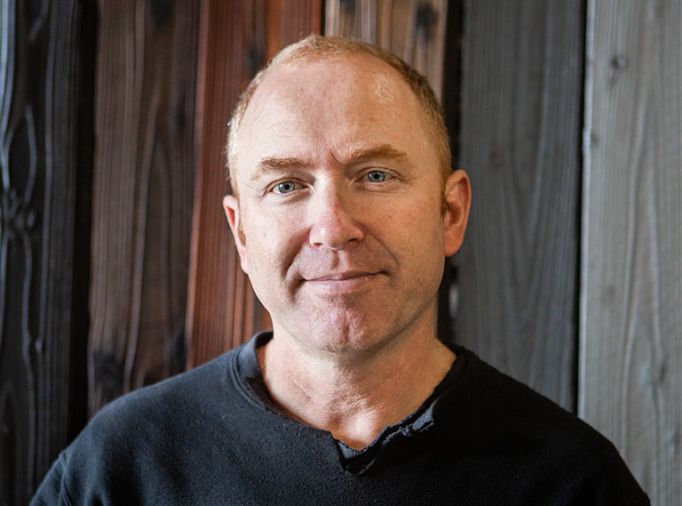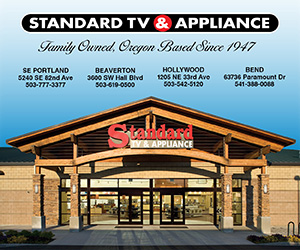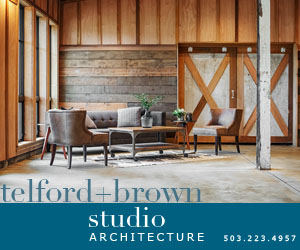Nakamoto Forestry is the world’s largest manufacturer of ‘shou sugi ban’ (also known as ‘yakisugi’) in Japan. What exactly is the product, applications and benefits?
‘Shou sugi ban’ is a wall and ceiling cladding material made exclusively from Japanese sugi cypress trees that are intensely burned in a preservative heat treatment which hardens the surface. It also preserves the wood from rot, insects, fire, and weather, making it very desirable for exterior siding on all types of residential and commercial buildings.
Nakamoto Forestry, owned and managed by the Nakamoto family for over 100 years, is the only company supplying North America and Europe with authentically milled and heat treated shou sugi ban.
What makes Nakamoto Forestry’s shou sugi ban unique in the industry?
We distribute the highest grade yakisugi in the world with a unique, holistic business model. The Nakamoto family has managed timberland in Hiroshima for over a century, perfecting a proprietary millwork and heat treatment process. I am not aware of another company controlling the entire manufacturing process from planting seedlings to jobsite delivery three generations later.
We start our process with careful log selection, grading for straightness and diameter before intentionally resawing into planks. Instead of standard carbon-intensive kiln-drying for several days, we slowly air dry the planks before flash-burning to heat treat the wood. Enough contained heat is applied to the boards so that the cellulose burns off, leaving a distinctly inky-black, charred surface. The intense heat treatment hardens the surface and preserves the wood from rot, insects, fire and weather.
Why is shou sugi ban ideal for residential and commercial applications?
Shou sugi ban is surprisingly durable and beautiful, making it ideal for exterior siding. It is also the most sustainable and fire-resistant siding option that I’m aware of.
Authentic shou sugi ban will last a minimum of 80-100 years with little to no maintenance. It will weather and gradually change color over time. Oil can be re-applied to maintain the color and extend its lifespan, though we encourage waiting a few years before doing so. The desirable wabi-sabi patina aesthetic is earned through timeless design and patience, resulting in a living material that deepens in beauty as it ages.
Is a charred black aesthetic the only finish option?
Black is definitely the most common color we ship. However, we’ve developed a broad product lineup of textures and colors to cater to a range of design visions. We offer three distinct variations of shou sugi ban—Suyaki™, Gendai™, and Pika-Pika™—with varying degrees of soot layer and a range of textures.
Is shou sugi ban more sustainable than traditional wood siding?
Sustainability really has to be achieved through an intentional manufacturing process from start to finish. The Nakamoto family starts by planting cultivars optimized to the final shou sugi ban product, and logging is selective instead of by clear-cut to keep forests productive and minimize carbon generation. Every step of the growing, manufacturing and distribution process must be intentional to achieve ideal carbon-capture metrics.
For more information visit: www.nakamotoforestry.com






